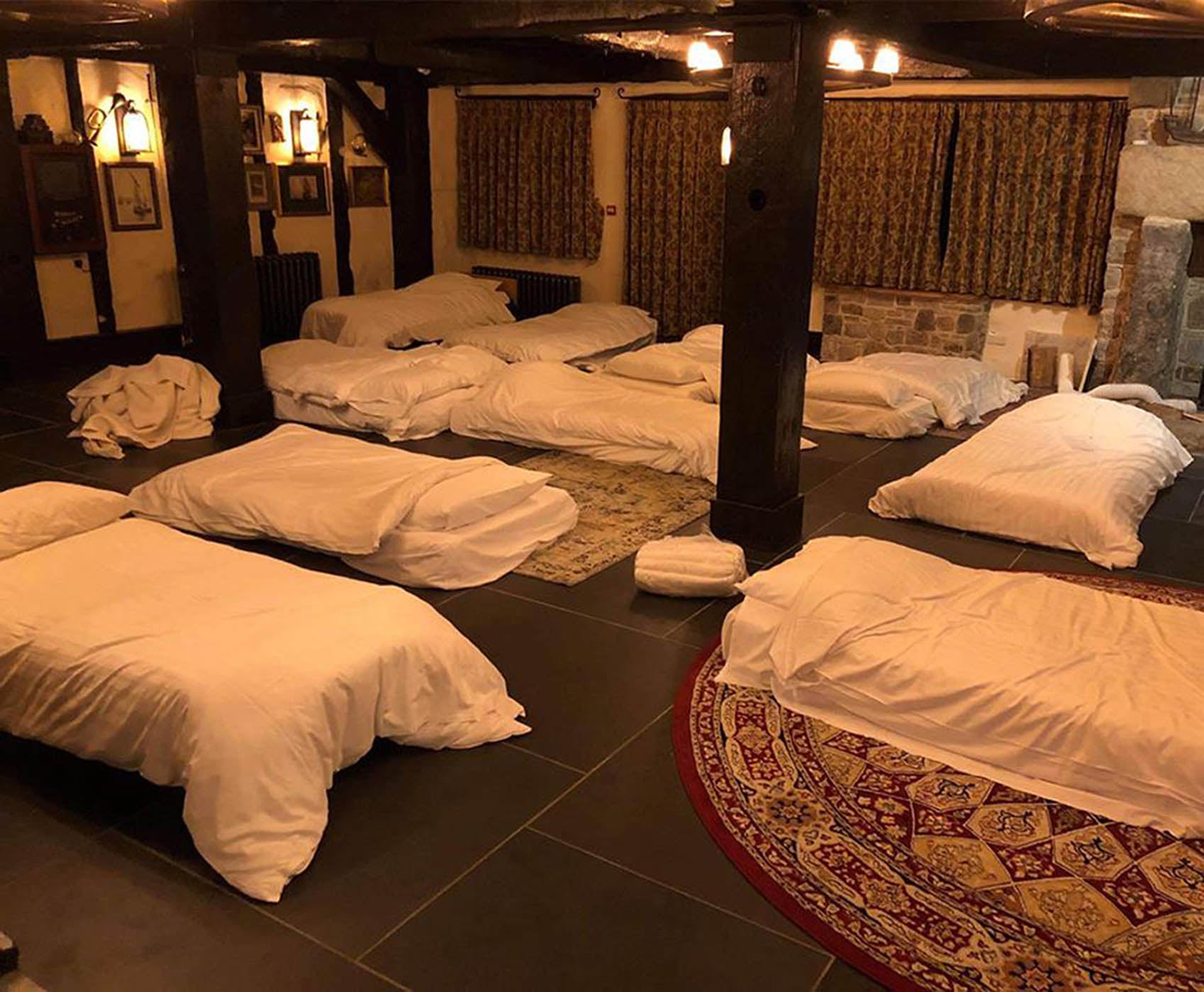New treatment for ‘slow killer’ sleep apnoea in hospital trial
The condition affects more than a million UK adults.

Your support helps us to tell the story
From reproductive rights to climate change to Big Tech, The Independent is on the ground when the story is developing. Whether it's investigating the financials of Elon Musk's pro-Trump PAC or producing our latest documentary, 'The A Word', which shines a light on the American women fighting for reproductive rights, we know how important it is to parse out the facts from the messaging.
At such a critical moment in US history, we need reporters on the ground. Your donation allows us to keep sending journalists to speak to both sides of the story.
The Independent is trusted by Americans across the entire political spectrum. And unlike many other quality news outlets, we choose not to lock Americans out of our reporting and analysis with paywalls. We believe quality journalism should be available to everyone, paid for by those who can afford it.
Your support makes all the difference.One of the UK’s leading sleep doctors hopes a new device could help people suffering sleep apnoea, which knocks years off a patient’s life expectancy.
Vik Veer, an ear, nose and throat consultant, hopes the iNap device, he is currently trialling, will offer an alternative to other treatments for people with obstructive sleep apnoea (Osa), linked to serious disease and lower life expectancy.
The Osacondition is when a person’s breathing repeatedly stops and starts while you sleep, resulting in loud snoring.
This results in severely disturbed sleep leading to high blood pressure and strokes.
It is estimated around 45% of UK adults suffer from snoring, with around 4% having sleep apnoea, representing more than a million adults.
And the average life expectancy of people with the conditions is between 59 and 62 years old, around 20 years of life lost, Mr Veer said.
The consultant surgeon said: “If you can hear your snoring through a closed door, you probably have sleep apnoea.
“It tends to cause a slow increase in blood pressure, cholestorol levels and diabetes.
“Eventually you have a heart attack or a stoke.”
Current treatment for OSA, is continuous positive airway pressure, or CPAP, which blows out of the way anything blocking a patient’s airways.
It solves the problem but involves wearing a night-time air-tight mask over the nose and throat during sleep, which many patients cannot tolerate.
And many patients also struggle with the second common treatment for Osa, using a mandibular advancement device, much like a gumshield.
The result is many patients abandon treatment and are left, “staying at home and slowly dying”.
The iNap device instead creates a vacuum by sucking the air out of a person’s mouth and pulling the tongue forward so it does not block the airway.
Mr Veer, who performs surgery on patients who cannot use either of the most common treatments, said: “If you can’t use CPAP or a mandibular device, you are stuck with no treatment.”
He has been using the iNap with patients he treats at the Royal National Ear, Nose and Throat Hospital in London and believes there is a “learning curve” in getting used to using the device, but thinks the device could be useful.
Acting as a medical advisor to the UK distributor of iNap, he is now giving the device to more patients and monitoring the results when they return to his clinic.